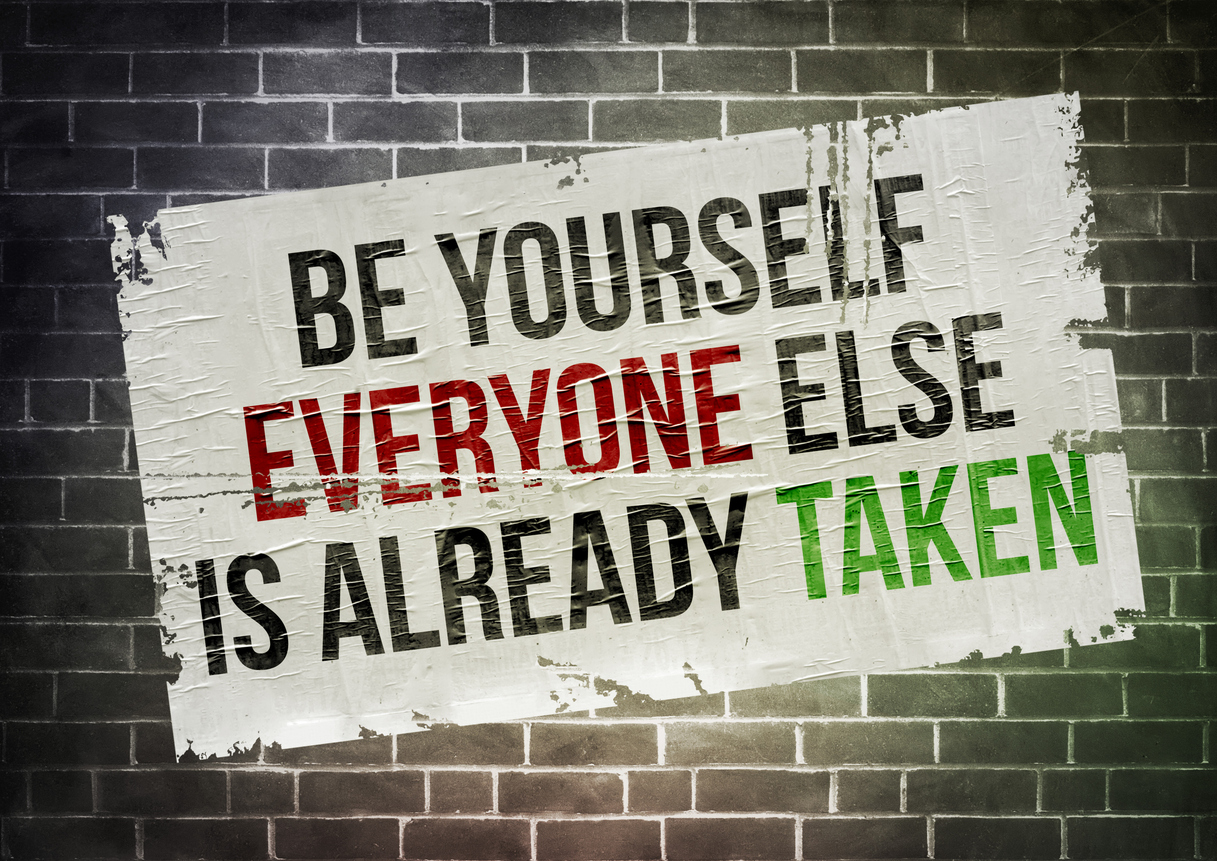Having a distinctive coaching presence—something others instantly recognise as you—can feel elusive. The idea of your signature presence invites reflection on who you are as a coach and what you genuinely offer clients.
It often brings up searching questions, such as:
- How do you define and communicate your coaching brand in a crowded market?
- How do you review and evolve your unique signature over time?
- Is signature presence more than just clever marketing?
- How do you stay authentic and true to yourself as competition grows?
- And is it something some coaches seem to have naturally, while others struggle to define, no matter how hard they try?
These are challenging questions—and ones worth exploring.

What makes the difference?
I have been in many settings where executive coaches discuss the importance of having and are required to communicate their ‘signature presence’ in a few words.
Sometimes I listen to a coach introducing themselves, and they reel off a list of qualifications and companies that they have worked in. The menu of credentials somehow lacks lustre.
Then another coach shares three simple things about themselves and the whole audience moves forwards listening attentively. The difference is palpable, and the atmosphere in the room changes.
I ‘take my hat off’ to the coaches that I have met who can do this well. Those individuals who can confidently and authentically communicate their distinctive qualities. They present with ease and style.
They usually have a clarity and compelling simplicity in what they do and say. The coaches are at home in their own skin and that, in turn, makes others comfortable around them.
They express this distinctiveness in more than words and actions. They are present in that moment, interested and interesting. It doesn’t feel to me that they are selling anything or pretending to be someone they are not. They aren’t jockeying for space or positioning themselves as better than others.

Being put on the spot
For many years, as an executive coach, I struggled with promotional contexts or competitive situations where I felt that I needed to prove myself. Being asked to talk about myself in this way, made me squirm. I would inwardly groan when put on this particular spot.
I would take a deep breath, then launch into blurting out what I thought made me distinctive as a coach and the headlines of my experience so far. I was relieved when it was over, and the attention moved onto someone else.
I am socially skilled and yet underneath I am quite shy. I have used my sense of humour to cover this up for most of my life. Being shy has held me back. It can eclipse me. I have struggled to find my groove – either over performing or under impacting when asked to talk about myself publicly.
I now accept my shyness. I have befriended it. I have taken it seriously. I have given my shyness some breathing space and time.
I needed to put extra effort into knowing what I wanted to say and then I could relax into my story. I made sure I knew my chapter headings by heart. I hold these now on the tip of my tongue. They sit poised ready to be drawn upon whenever I need them.
I have learnt how to draw out my signature presence using a few well-chosen words. To reveal myself carefully through the narrative of who I am. The coherence rests in my quiet intention, as well as in my body, the tone and tenor of my words. I speak now from this far more centred place.
Signature presencing
Signature ‘presencing’ has become a significant part of my practice. Focusing upon in an active way has been a vital key to gaining more personal agency.
I began to let my life speak honestly and without the need to defend myself. It has taken courage. I have stepped into my own genuine ‘presence’. I knew it and others felt it. They told me so.
As Maya Angelou wisely says;
“I’ve learned that people will forget what you said, people will forget what you did, but people will never forget how you made them feel”.
So I do know from experience how challenging it can be to define and then communicate your ‘brand’. It can be tricky to acknowledge it to yourself, let alone to others. You have to recognise what works for you as a coach as well as what holds you back. Your successes and your failures. The whole mix that makes you – you.
Defining your ‘signature presence’ needs quality attention. It is not for the faint-hearted. Discovering and getting very familiar with yourself and ‘being present with yourself’ of necessity, takes thoughtful consideration and some hard graft.
Why wouldn’t that be the case? If you want to be known for something, first know yourself – inside out. Then what you offer seems to flow out from that basis, not the other way around.
It has been my experience, both for myself and with my clients, that time understanding, communicating and then living within your signature presence is one of the greatest gifts you can give yourself. The clarity brings high dividend returns, personally as well as business-wise.

Signature Presence – key aspects to think about
There are some key ideas to consider which can support you on the road to developing and communicating your signature presence as an executive coach.
- Headline the BIG why behind your coaching – know why you do what you do. Be clear about your purpose and what you believe about the coaching offer. Know what ignites you about your practice. As a general rule, if it inspires you it is more likely to inspire others.
- Know your coaching approach and the clients that are best suited to working with you. Express this in terms that do not rely on jargon or psychological or management speak. Keep your statements simple and relevant for your clients.
- Pinpoint what makes you credible. Sew reassurance through apt experience and your expertise. Don’t over accessorise with qualifications. Pick out one or two sets of credentials that speak for themselves.
- Get crystal clear about your core values and how these work in your everyday business life. Highlight how they influence the quality of your contracting, the daily transactions you make and the client relationships you build. Stand on these and make no apologies for doing so.
- Be selective about how you shape your personal narrative. What led up to this stage of your life? What influenced your decision to be an executive coach? Create the chapters. If the plot lines are real, the connections are there to be found.
- Scan the horizon first for the overall story and then craft clear sound bites about the important key events.
- When you are in a context that requires you to communicate in this way be ‘other focused’, curious and open, interested in those who are present in the group.
- Listen attentively and observe, right from the moment you arrive. Make eye contact with the individuals around you. Breathe slowly and then sign in with a signature presence that only you can write with authenticity and style.
If you would like to explore your signature presence as an executive coach further and effectively communicate it in a variety of contexts, do contact Jude Elliman here.
About us:
We create the space for leaders to step back, think clearly, and navigate complexity with confidence. By sharpening the narrative that drives decisions, teams, and performance, we help leaders move forward with clarity and impact. Our approach blends deep listening, incisive challenge, and commercial focus—strengthening leadership at every level, from business transformation to boardroom decisions.
“We share resources that help coaches deepen their practice and expand their impact. The articles on this site are designed to spark fresh thinking, offer practical tools, and support the continuous growth of coaches at every stage. “
Jude Elliman
Founder
Our Core Approach:
We work with leaders to sharpen their thinking, strengthen their leadership, and navigate complexity with confidence. Our approach is built around three core areas:
Narrative Coaching – Working with the stories that shape leadership, teams, and organisations.
Commercial Focus – Cutting through complexity to drive clear, strategic decisions.
Challenge & Space – Asking the right questions while creating the space to reflect and grow.
Through this, we help leaders drive transformation, align teams, and make high-stakes decisions with clarity and impact.
